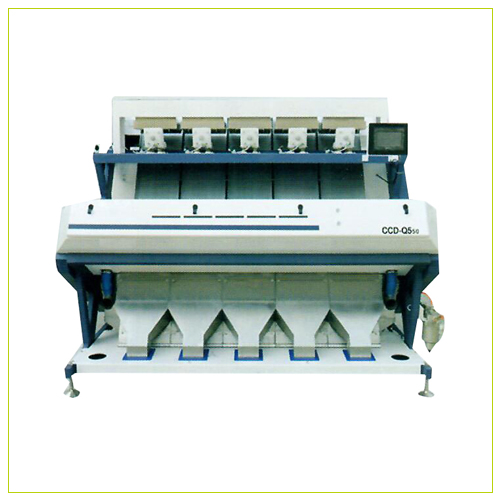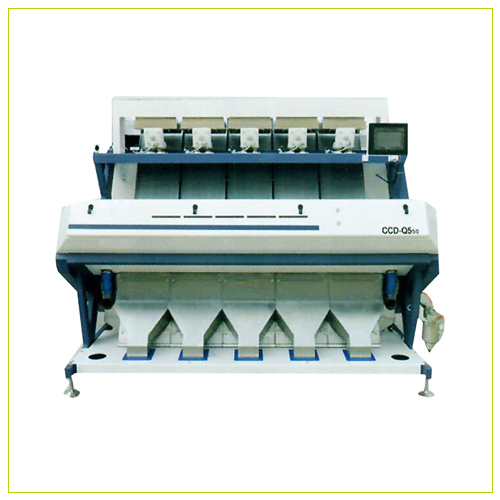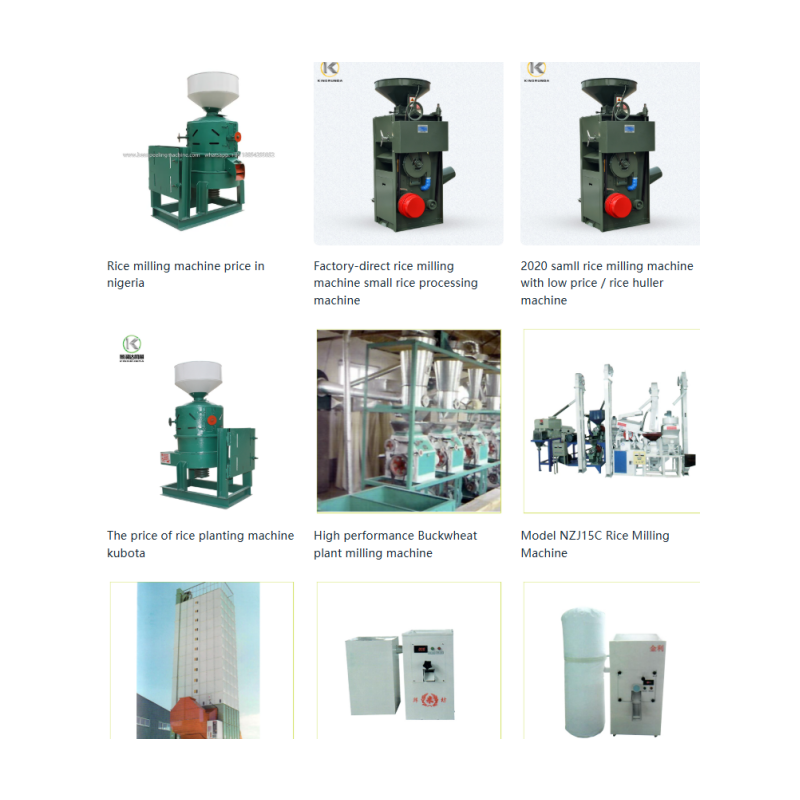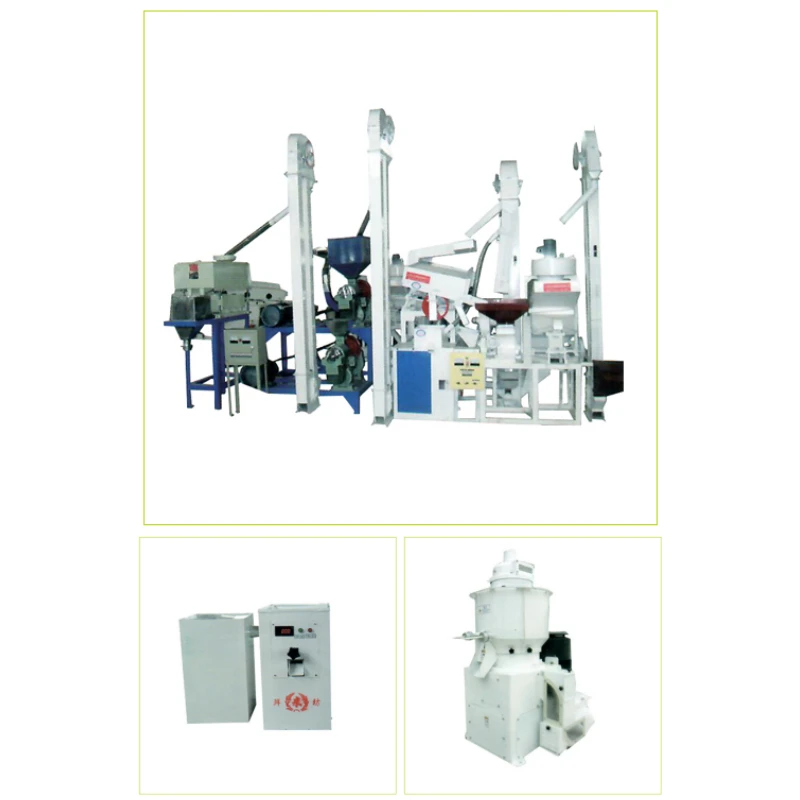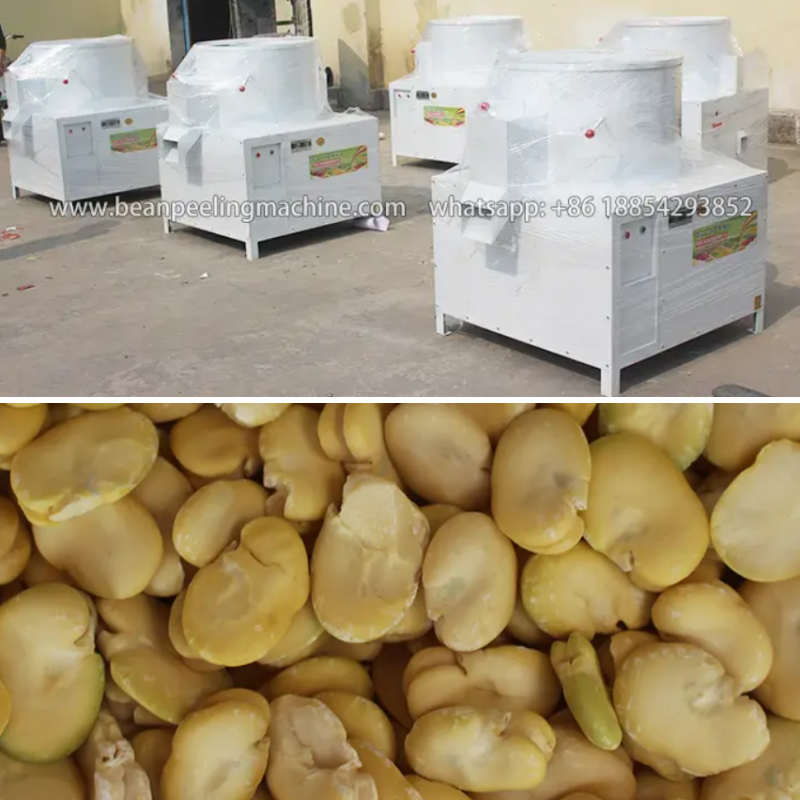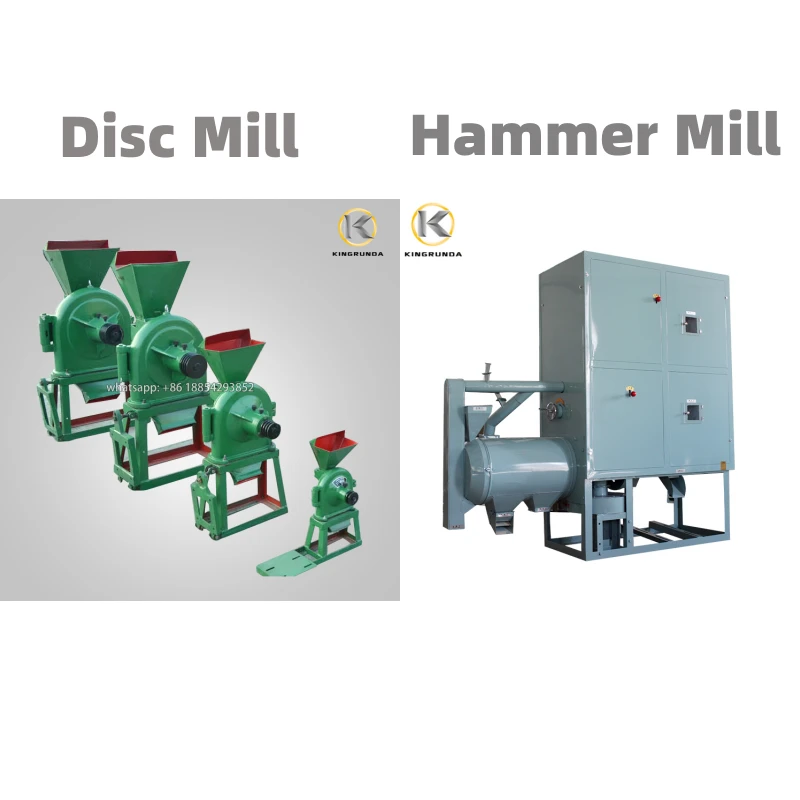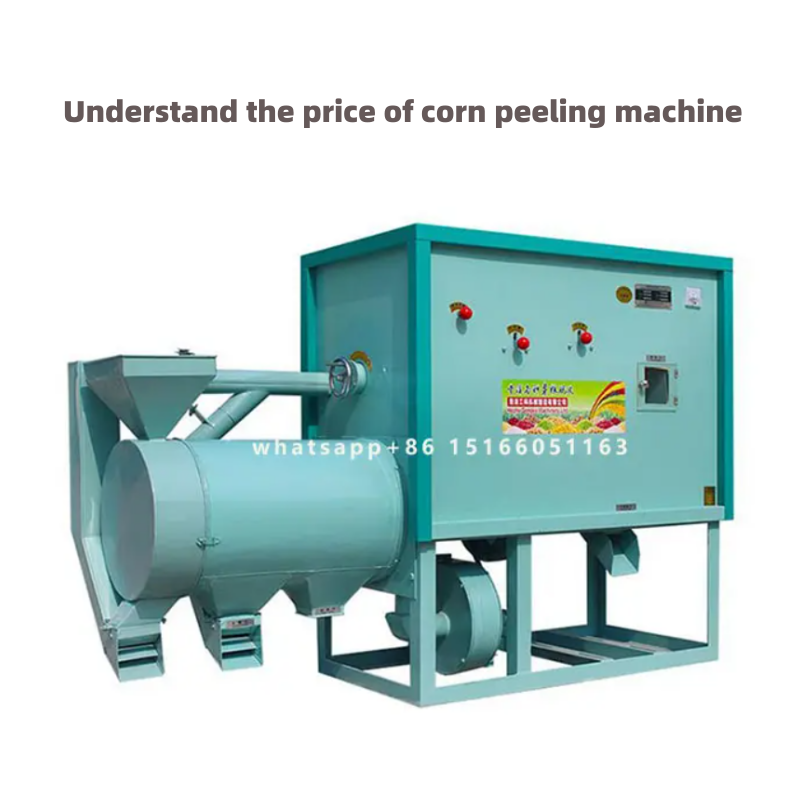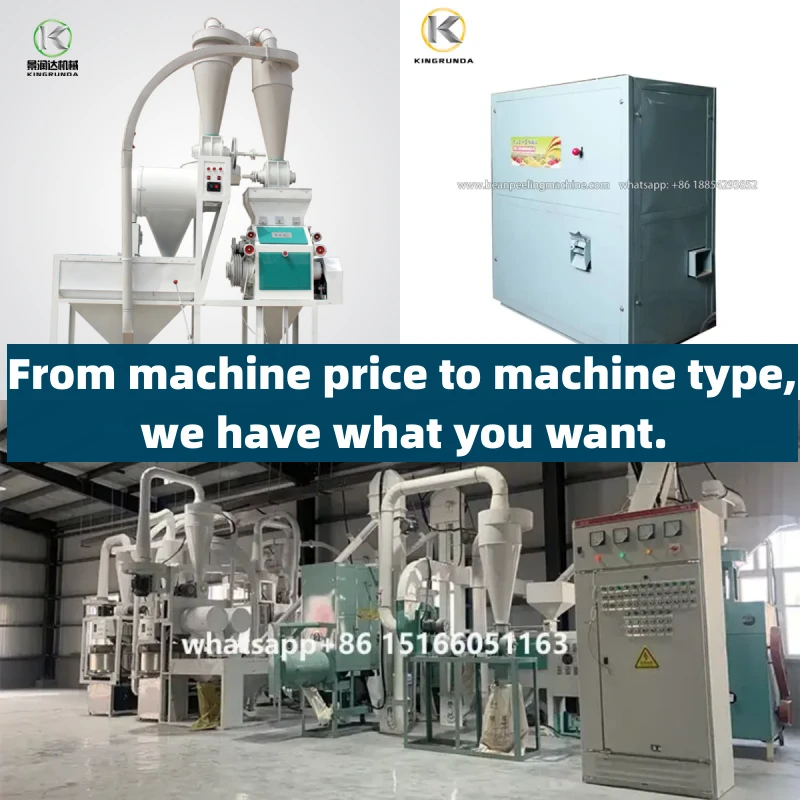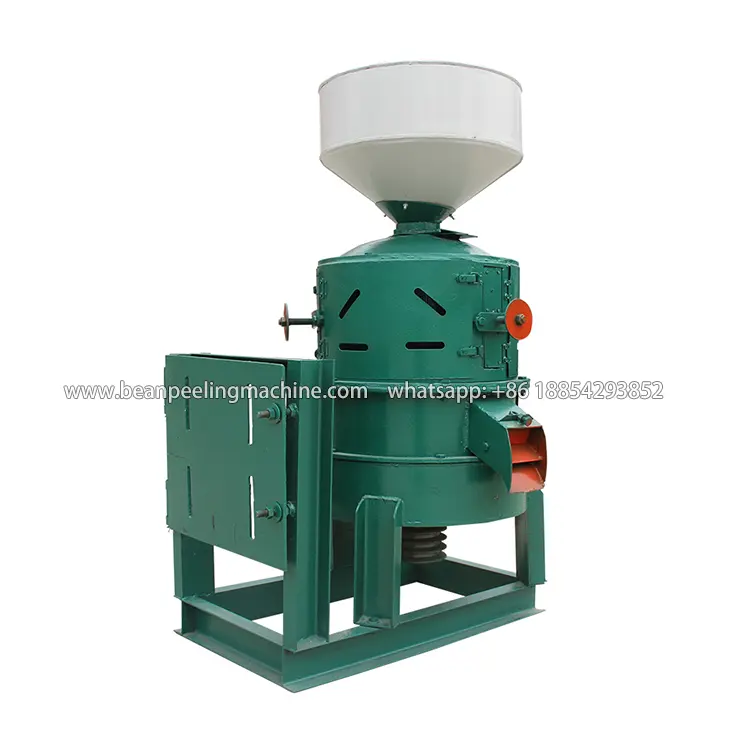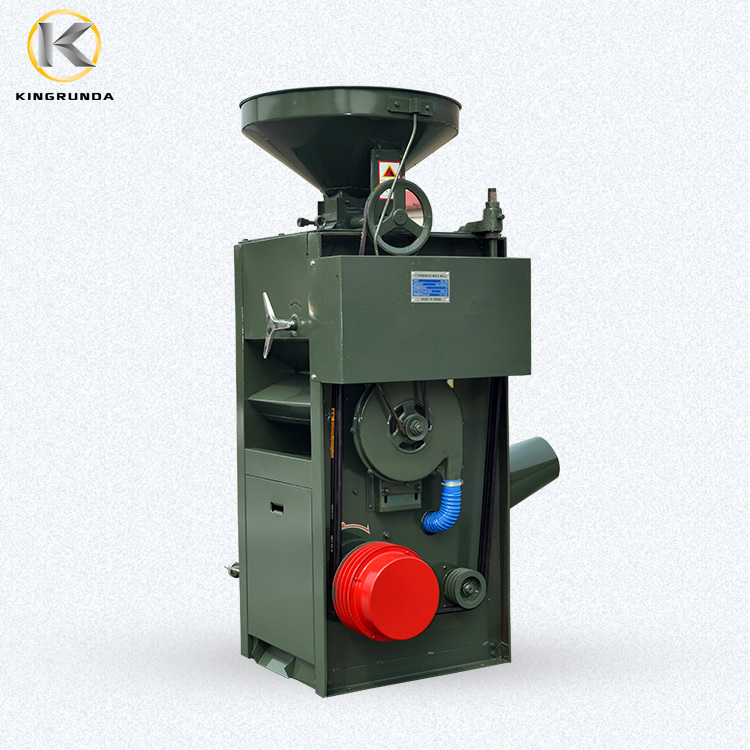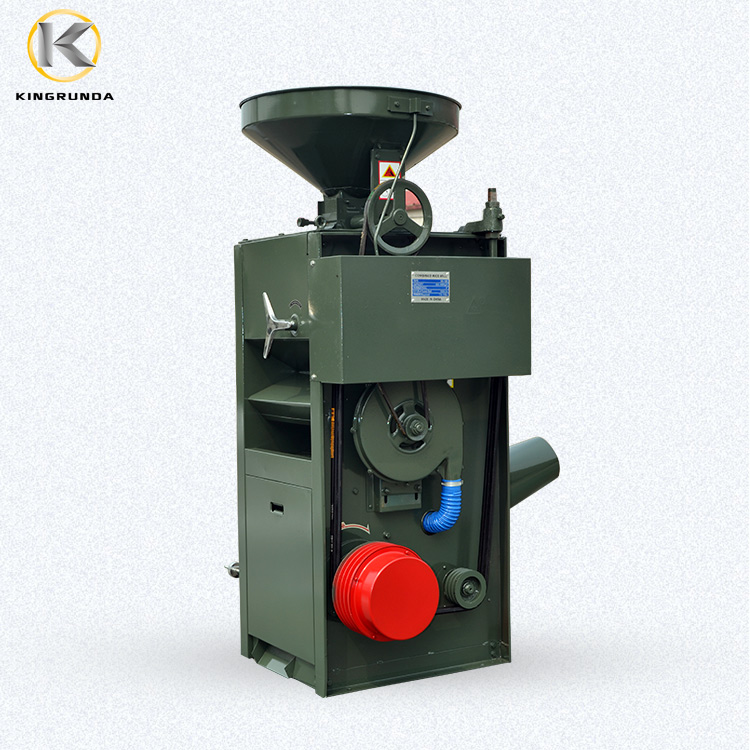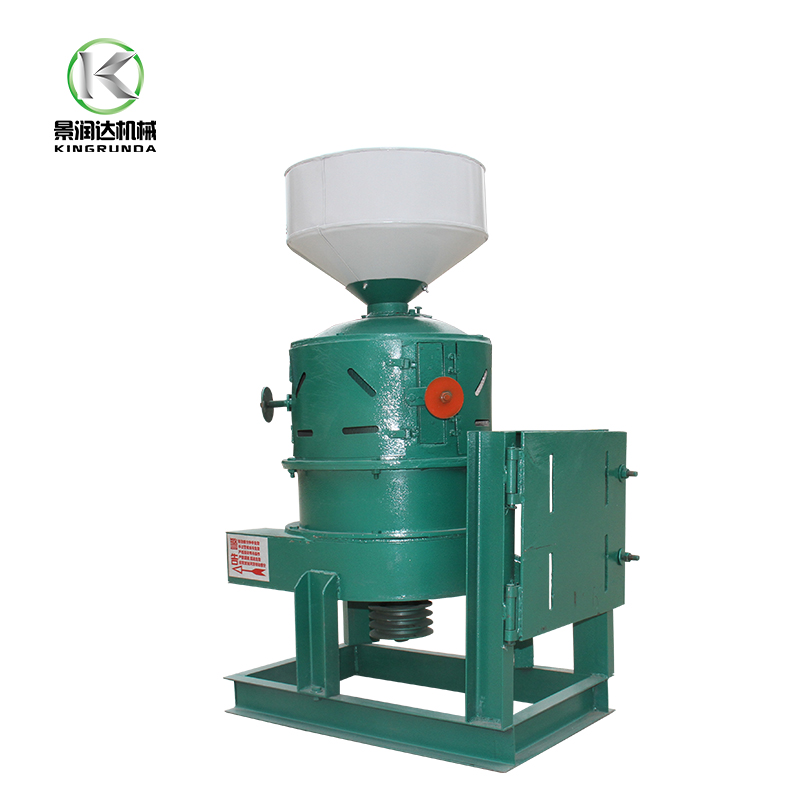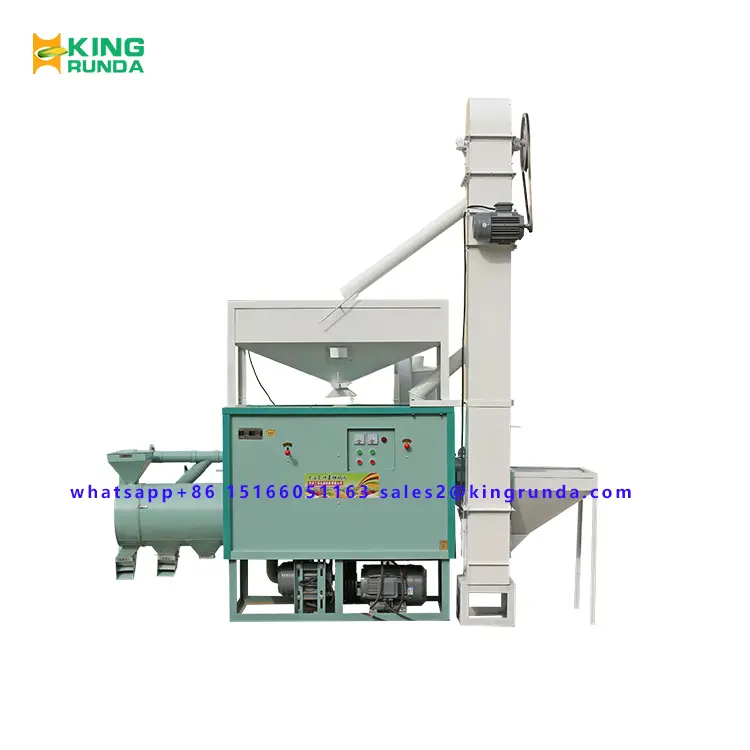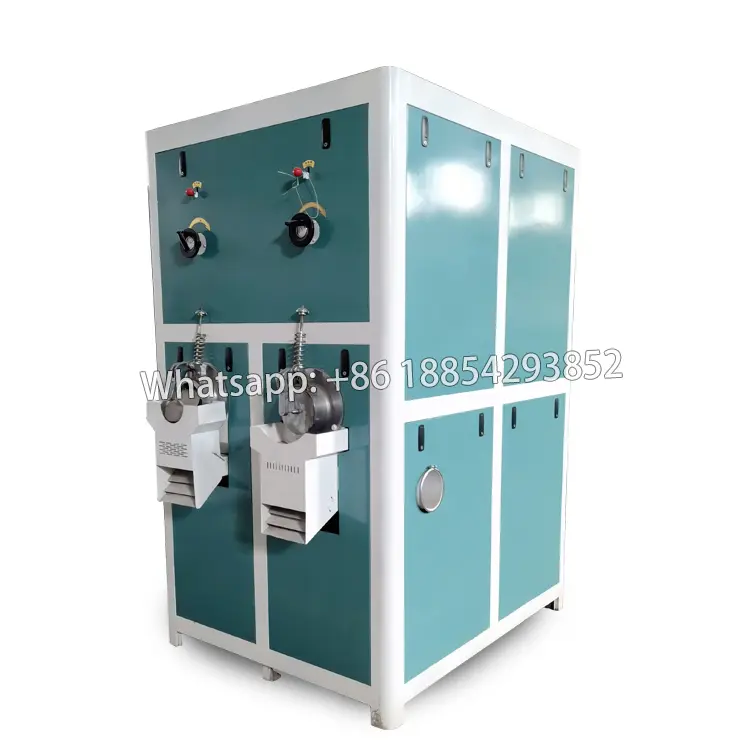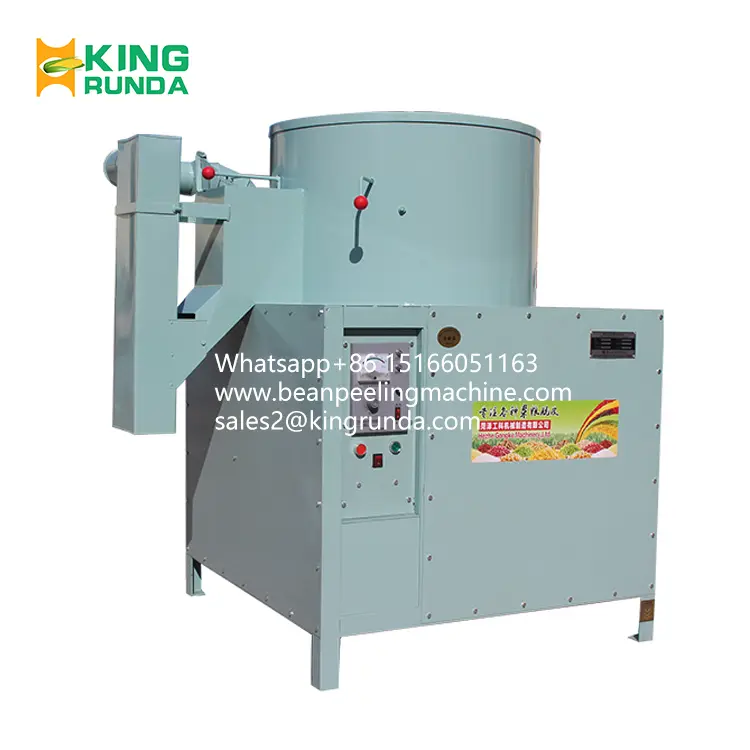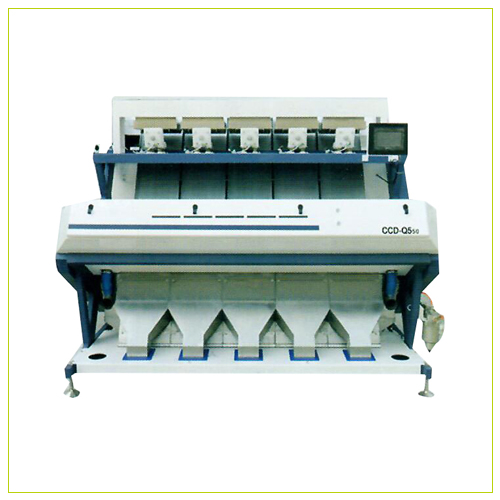
What is camera image acquisition system grain color sorter?
A camera image acquisition system in a grain color sorter is a crucial component of modern sorting technology used in the agricultural and food processing industries. It refers to a sophisticated system that employs cameras and advanced imaging technology to capture and analyze the visual characteristics of individual grains, allowing for accurate and efficient sorting based on color.
Here's a breakdown of how the camera image acquisition system works in a grain color sorter:
1. Image Capture: The system utilizes high-resolution cameras to capture images of grains as they pass through the sorting process. Each grain is photographed individually, and the system captures detailed information about its color, size, and shape.
2. Image Processing: The acquired images are then processed using advanced algorithms that analyze the color information. These algorithms can detect even subtle color variations and identify grains that deviate from the desired color criteria.
3. Color Analysis: The system compares the color information of each grain with predefined parameters set by the operator. It distinguishes between different shades and hues, allowing it to sort grains accurately according to specific color requirements.
4. Sorting Decision: Based on the color analysis results, the system makes real-time sorting decisions. Grains that meet the desired color criteria are directed to one output stream, while those that do not meet the criteria are directed to another stream for further processing or removal.
5. Accuracy and Efficiency: The camera image acquisition system ensures high accuracy in identifying and sorting grains based on color characteristics. It operates at high speeds, making split-second decisions for each grain as it moves through the sorting process.
Benefits of Camera Image Acquisition System in Grain Color Sorter:
Precision: The system's ability to accurately detect even subtle color differences ensures precise sorting, minimizing errors.
Efficiency: Real-time processing allows for efficient sorting of grains in high-volume operations.
Reduced Waste: Accurate sorting leads to reduced waste as only grains meeting color criteria are selected.
Quality Control: The system enhances product quality by ensuring consistent color standards are met.
Flexibility: The system can adapt to different types of grains and variations in lighting conditions.
Automation: Automation reduces the need for manual sorting and human intervention, increasing overall efficiency.
Overall, the camera image acquisition system is a key technological advancement that has revolutionized the grain sorting process. It enables the agricultural and food industries to achieve high-quality and consistent sorting results while improving productivity and minimizing waste.
The grain color sorting process has evolved significantly with the integration of advanced technologies, and one crucial aspect that contributes to its effectiveness is the camera image acquisition system. This system plays a pivotal role in accurately identifying and sorting grains based on their color characteristics. The high reliability of the camera image acquisition system has revolutionized the grain sorting industry, delivering exceptional results and benefits.
Key Features of the Camera Image Acquisition System:
1. Precision Imaging: The camera image acquisition system employs cutting-edge imaging technology to capture precise details of each individual grain. This precision ensures that even subtle color variations are accurately detected, enabling effective sorting.
2. Rapid Processing: The advanced processing capabilities of the camera system allow for real-time analysis of grain colors. This speed is crucial in maintaining the efficiency of the sorting process, especially in high-volume operations.
3. High-resolution Sensors: High-resolution sensors are used in the camera system to ensure that even the smallest color differences are identified. This level of detail contributes to the accuracy of the sorting process.
4. Color Analysis Algorithms: The system employs sophisticated color analysis algorithms that can distinguish between a wide range of colors and shades. This versatility ensures that grains are sorted accurately, regardless of their color variation.
5. Adaptability: The camera image acquisition system is designed to adapt to varying lighting conditions, ensuring consistent performance in different environments. This adaptability minimizes errors and false positives in the sorting process.
Benefits of High Reliability:
1. Improved Sorting Accuracy: The high reliability of the camera image acquisition system translates to improved sorting accuracy. Grains are sorted with precision, reducing the risk of cross-contamination and ensuring the highest quality end product.
2. Increased Productivity: With rapid processing and real-time analysis, the sorting process becomes more efficient, leading to increased productivity. This is especially crucial in large-scale grain processing facilities.
3. Reduced Waste: Accurate sorting results in significantly reduced waste as only the grains that meet the desired color criteria are selected. This contributes to cost savings and sustainability.
4. Consistency: The consistent performance of the camera image acquisition system ensures that sorting results remain consistent over time, maintaining product quality and customer satisfaction.
5. Technological Advancement: The integration of such advanced technology showcases the continuous innovation in the grain industry. High reliability encourages industry players to adopt modern solutions for enhanced results.
The high reliability of the camera image acquisition system in grain color sorters is a game-changer for the industry. It brings together precision imaging, rapid processing, and advanced algorithms to ensure accurate and efficient grain sorting. The benefits of improved accuracy, increased productivity, and reduced waste highlight the essential role of this technology in enhancing the grain processing landscape.
FETURRE
a High reliability of the camera image acquisition
system,advanced
Intelligent image processing algorithms, highquality
solenoid valve
Remarkable elimination rate(with a ratio of 10: 1
lode is flexible, wide application range, simpleoperation
easy to use.
| optimzed carryover | power | |||
| ≥10:1 | 1.5 | |||
| ≥10:1 | 1.5 | |||
| ≥10:1 | 2 | |||
| ≥10:1 | 2 | |||
| ≥10:1 | 3 | |||
| ≥10:1 | 2 | |||
| ≥10:1 | 3 |
How to use?
Using a camera image acquisition system in a grain color sorter involves several steps to ensure accurate and efficient sorting based on color characteristics. Here's a general guide on how to use such a system effectively:
System Setup:
Place the grain color sorter in a suitable location with proper lighting conditions to ensure clear and accurate image capture.
Ensure the system is properly connected to power sources and any necessary peripherals.
Calibration:
Before starting the sorting process, calibrate the system to establish baseline color parameters. This involves setting the color standards for different types of grains you'll be sorting.
Adjust the system's sensitivity to detect color variations accurately. This step ensures that the system can differentiate between subtle color differences.
Input Preparation:
Ensure the grains to be sorted are clean and free from contaminants or foreign materials.
Load the grains into the input hopper of the color sorter. The system will feed the grains through the sorting process one by one.
Sorting Process:
Start the system and initiate the sorting process.
As each grain passes through the system, the camera captures an image of the grain's color.
The system's algorithms analyze the color information and compare it to the predefined color standards.
Decision Making:
Based on the color analysis, the system makes real-time sorting decisions for each grain.
Grains that meet the color criteria set during calibration are directed to the appropriate output stream for collection.
Output Handling:
Collect the sorted grains from the designated output stream. These grains meet the desired color standards and are considered suitable for further processing or packaging.
Monitoring and Adjustments:
Monitor the sorting process to ensure that the system is performing accurately and efficiently.
If you notice any deviations or inconsistencies, you may need to make adjustments to the calibration settings or sensitivity.
Maintenance:
Regularly clean and maintain the camera lenses and sensors to ensure clear and accurate image capture.
Keep the system's software and firmware up to date to benefit from any improvements or bug fixes.
Quality Control:
Regularly inspect the sorted grains to verify that the system is effectively removing grains that do not meet color criteria.
If necessary, perform periodic recalibration to ensure continued accurate sorting.
Data Analysis:
Some advanced systems offer data analysis capabilities that allow you to track sorting performance over time, identify trends, and optimize sorting parameters.
It's important to note that the specific steps may vary based on the manufacturer and model of the grain color sorter. Always refer to the manufacturer's user manual and guidelines for detailed instructions on operating and maintaining the camera image acquisition system for grain sorting.
FAQ
Q1: What is a camera image acquisition system in a grain color sorter?
A1: A camera image acquisition system in a grain color sorter is a technology that uses cameras and advanced imaging algorithms to capture and analyze the color characteristics of individual grains. This system enables accurate sorting of grains based on their color, allowing for improved quality control and efficiency in the agricultural and food processing industries.
Q2: How does the camera image acquisition system improve sorting reliability?
A2: The camera image acquisition system enhances sorting reliability by accurately detecting even subtle color variations in grains. This high level of precision ensures that only grains meeting specific color criteria are selected, reducing the likelihood of errors and minimizing false positives or negatives during the sorting process.
Q3: What are the benefits of using a camera image acquisition system in grain sorting?
A3: The benefits include:
Precise color analysis, leading to accurate sorting results.
Enhanced efficiency due to real-time processing and quick decision-making.
Reduced waste by selecting grains that meet color standards.
Improved product quality through consistent color-based sorting.
Flexibility to adapt to different grain types and lighting conditions.
Q4: How does the system handle different lighting conditions?
A4: Modern camera image acquisition systems often incorporate advanced lighting techniques and sensors that can adapt to varying lighting conditions. Some systems use specialized lighting sources to ensure consistent and uniform illumination, which is crucial for accurate color detection.
Q5: Can the system handle various types of grains?
A5: Yes, the system can be calibrated to handle different types of grains with varying color characteristics. During the calibration process, operators can set color parameters specific to each type of grain, allowing the system to accurately sort a wide range of grain varieties.
Q6: Does the camera image acquisition system require regular maintenance?
A6: Yes, regular maintenance is important to ensure the system's reliability. Keeping camera lenses and sensors clean, updating software and firmware, and performing periodic recalibration are all essential steps to maintain optimal performance.
Q7: Is operator intervention required during the sorting process?
A7: While some systems can operate autonomously once calibrated, operator supervision is recommended to monitor the sorting process, address any issues, and make adjustments as needed to maintain reliable sorting.
Q8: Can the system track and analyze sorting performance?
A8: Some advanced systems offer data analysis capabilities, allowing operators to track sorting performance over time. This can help identify trends, optimize sorting parameters, and ensure consistent and reliable operation.
Q9: How does the camera image acquisition system contribute to quality control?
A9: The system contributes to quality control by ensuring that only grains meeting specific color standards are selected for further processing. This consistent and accurate sorting helps maintain product quality and meet industry standards.
Q10: What industries benefit from the camera image acquisition system grain color sorter?
A10: The agricultural and food processing industries benefit significantly from this technology. It helps ensure the quality and consistency of grains used in various food products, enhancing consumer satisfaction and brand reputation.
